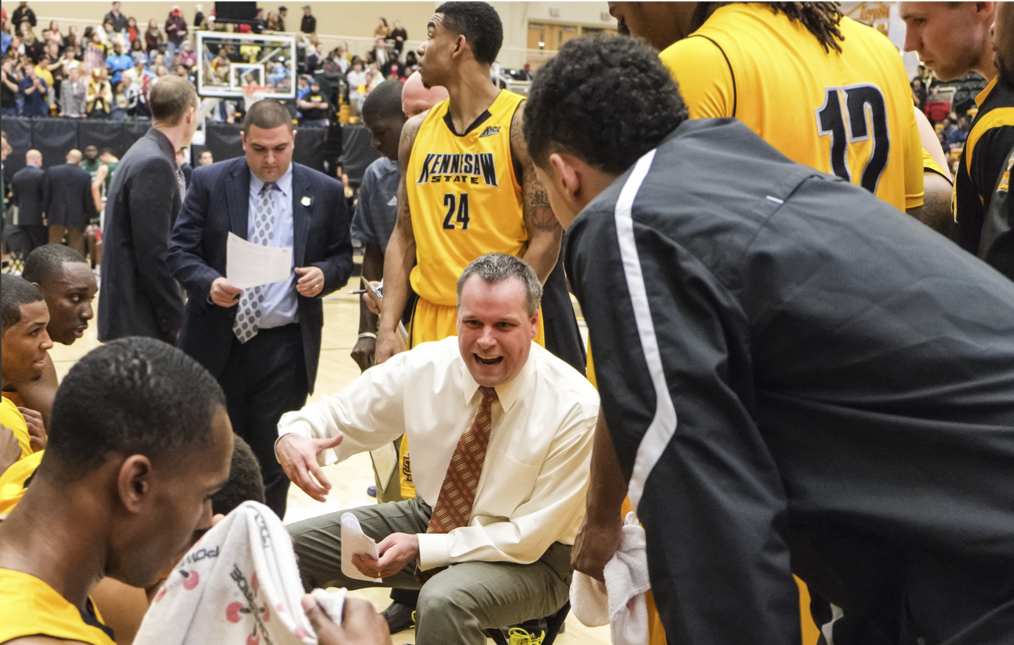Students watched the burning of a replicated dorm room as part of a fire safety demonstration on The Green Tuesday, Sept. 13.
The simulation was built with a bed, chair, lamp, posters, books and red plastic cups to perfectly emulate a college dorm room. The simulation began around noon when the wall outlet tripped and started an electrical fire. Students watched while Matthew Shannon, Kennesaw State University’s fire and safety manager, described the scene.
The flames climbed the walls upon ignition and reached the ceiling within the first minute. The burning wallpaper trickled down onto the furniture, and the rest of the room was soon ablaze. It took less than five minutes for the flames to consume the entire dorm room. The flames rose so high that they appeared to double the room in size, and students could feel the heat from behind the safety of the caution tape surrounding the scene.
A fully staffed firetruck stood by during the demonstration and doused the flames once they engulfed the dorm. After multiple attempts, the firefighters had to overturn the mattress to put the fire out completely.
The Residence Hall Burn, previously known as Mock Dorm Burn, has been held every year for the past six years to spread fire safety awareness.
“The biggest misconception students have is timing with how quickly fires can spread and how quickly a student can get out the door and to safety,” said Jeff Cooper, director of residence life.
For future simulations, Cooper would like to see fire extinguishers included in the demonstration to enhance fire safety knowledge for students.
Shannon, the fire safety manager, emphasized the importance of smoke detectors and sprinkler systems. He has seen students put tape over smoke detectors and fail to ensure that they are properly checked, which can be detrimental in an emergency. Through fire safety awareness, Shannon hopes to prevent future fires and ensure student safety.
Some of the most common causes of fires include cooking, smoking, malfunctioning electrical outlets and leaving candles unattended.
“The demonstration is accurate,” said Clayton Hunsinger, a junior majoring in computer science who watched the event. “You should make sure your high-powered devices are not running when you are not in the room and keep them away from flammable objects.”
According to the National Fire Protection Association, U.S. fire departments responded to an annual estimated average of 3,970 structure fires in dormitories, fraternities, sororities and barracks from 2010-2014. Demonstrations like the Residence Hall Burn assist in minimizing this statistic through student awareness.
Students can expect to see the next Residence Hall Burn on KSU’s Marietta Campus this spring, according to Cooper.



